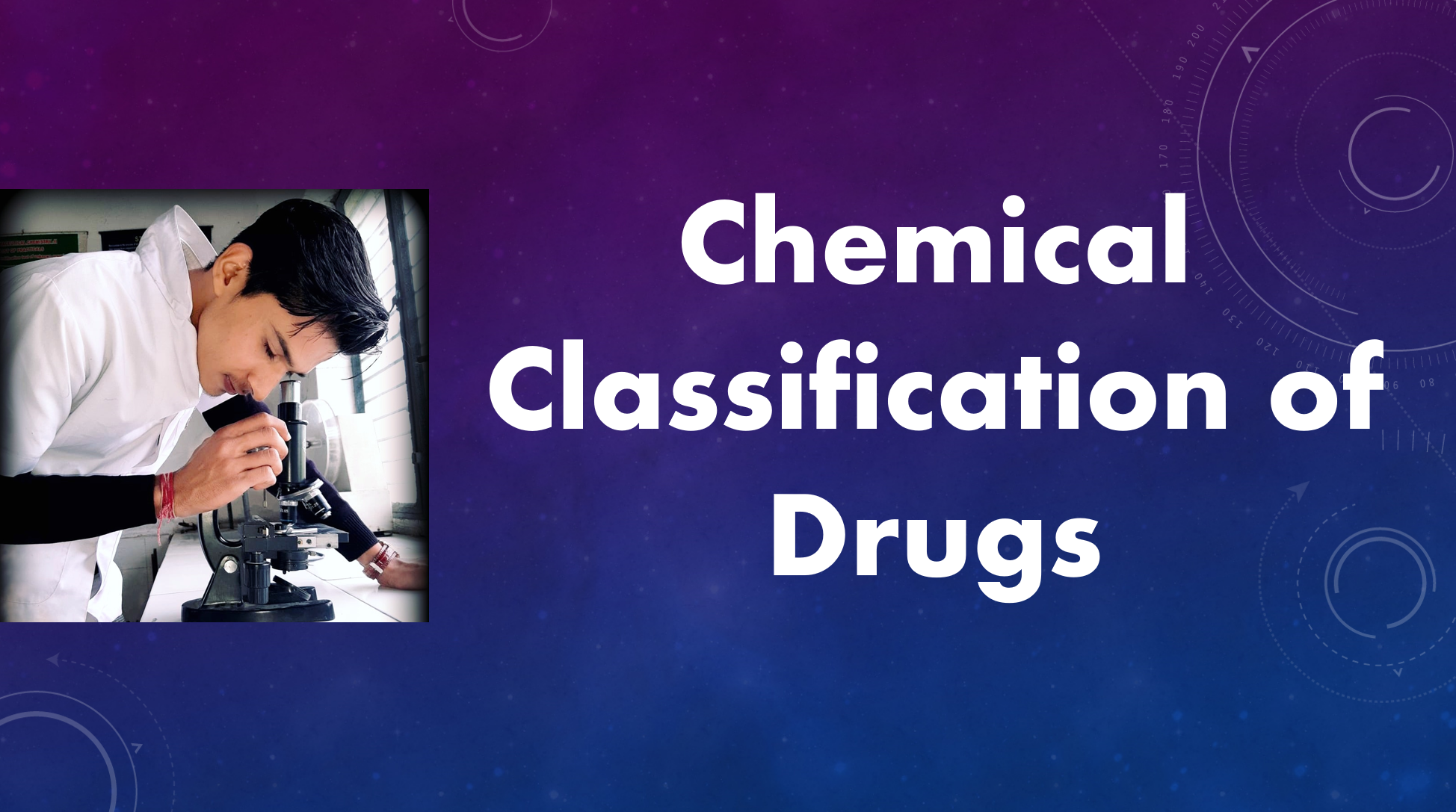Chemical classification of drugs is a systematic approach to categorizing medications based on their chemical structure, composition, and properties. This classification system is fundamental in the field of pharmacology and pharmaceutical sciences as it helps healthcare professionals and researchers understand the chemical characteristics of drugs, predict their behavior, and make informed decisions about their use. Here’s a note on the chemical classification of drugs:
1. Structure-Based Classification
At the core of chemical classification is the chemical structure of a drug. It involves analyzing the arrangement of atoms and functional groups in a compound. Drugs are categorized based on their structural features, such as the presence of specific rings, chains, or functional groups.
2. Heterocyclic Compounds
Some drugs contain heterocyclic structures, which are rings that include atoms other than carbon. Examples include drugs containing nitrogen or sulfur atoms within the ring structure.
3. Organic and Inorganic Drugs
Drugs can be classified as organic or inorganic based on the type of chemical compounds they contain. Organic drugs comprise carbon-containing molecules, while inorganic drugs may include elements other than carbon, such as metals.
4. Functional Groups
Specific functional groups, such as amines, carboxylic acids, or alcohols, in a drug’s chemical structure can classify drugs into distinct categories.
5. Chemical Families
Drugs with similar structures are grouped into chemical families or classes. For example, beta-lactam antibiotics share a common beta-lactam ring structure.
6. Derivatives and Analogues
Many drugs are derivatives or analogs of other drugs, with slight modifications to their chemical structures. These drugs may be classified based on their relationship to a parent compound.
7. Impact on Drug Action
The chemical structure of a drug often determines its mechanism of action and its affinity for specific receptors or enzymes in the body. Understanding this relationship is essential for predicting drug effects and interactions.
8. Implications for Drug Development
Chemical classification influences drug discovery and development. Researchers may design and synthesize new compounds based on known chemical classes to target specific diseases or conditions.
9. Generic and Brand Names
Chemical classification extends to generic and brand names. The generic name typically reflects the drug’s chemical structure, while brand names may not provide direct insight into the drug’s chemical nature.
10. Evolving Field
The field of chemical classification is dynamic as new drugs are developed, and our understanding of drug interactions, metabolism, and mechanisms of action continues to advance.

